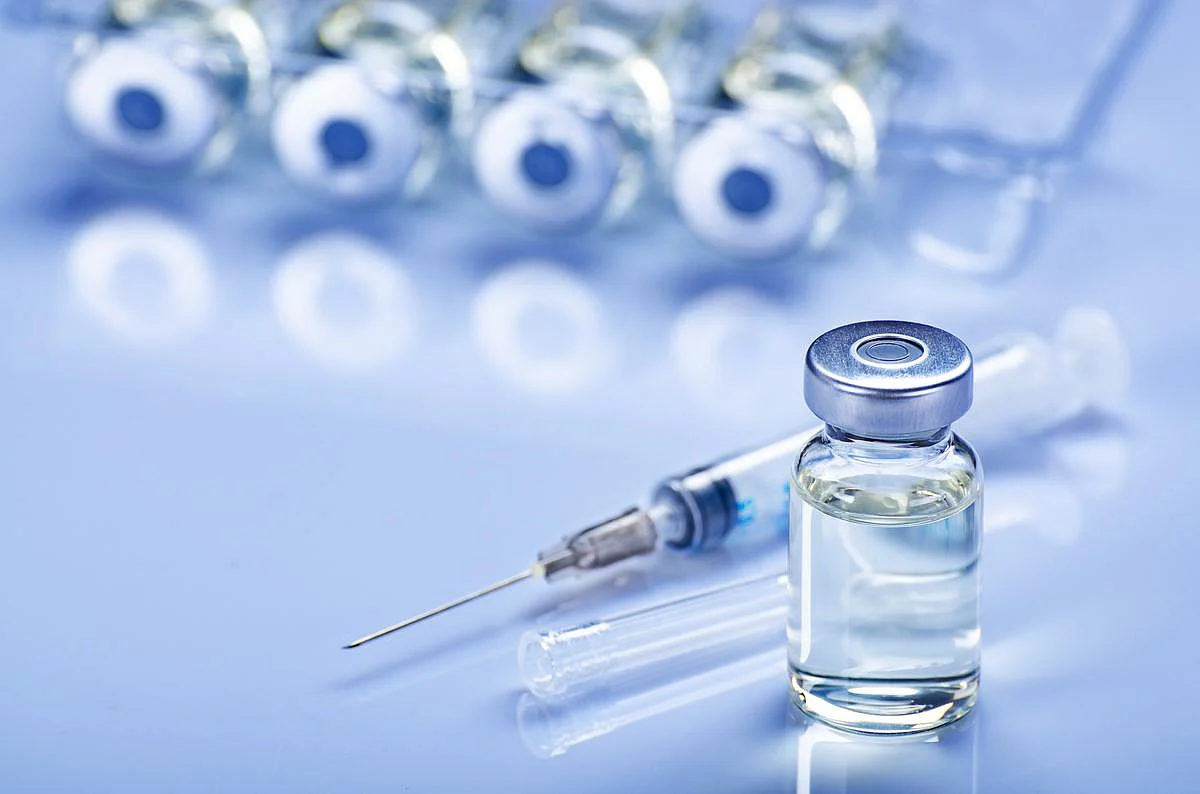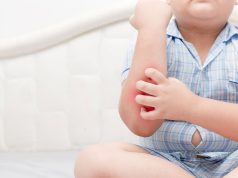However, improvements seen in vaccination rates for diphtheria-tetanus-pertussis, measles, HPV
By Stephanie Brown HealthDay Reporter
WEDNESDAY, July 16, 2025 (HealthDay News) — Data released this week by the World Health Organization and UNICEF indicate modest gains in childhood vaccination rates, but globally, more than 14 million children remain unvaccinated.
Last year, 89 percent of infants globally (~115 million) received at least one dose of the diphtheria-tetanus-pertussis (DTP)-containing vaccine, and 85 percent completed all three doses, according to the newly released data.
This number was higher than that seen in 2023. Approximately 171,000 more children received at least one dose of the DTP vaccine and 1 million more completed the full three-dose series.
Nearly 20 million infants missed at least one dose of a DTP-containing vaccine in 2024. This number includes 14.3 million “zero-dose” children who received no vaccines at all. The number of zero-dose children was 4 million above the 2024 target needed to stay on track with the goal of the Immunization Agenda 2030 and 1.4 million more than the number seen in 2019, the baseline year for progress measurement.
Since 2019, data from 195 countries show that while 131 countries have consistently maintained high DTP first-dose coverage (90 percent or more), there has been little progress in expanding this group. UNICEF notes that conflict and humanitarian crises significantly impact vaccination efforts. Although only 26 crisis-affected countries are home to a quarter of the world’s infants, they account for half of all unvaccinated children. In half of these countries, the number of unvaccinated children rose sharply, from 3.6 million in 2019 to 5.4 million in 2024, highlighting the urgent need to integrate immunization into humanitarian responses.
Globally, improvements have been seen in the receipt of other vaccines. Thirty-one percent of eligible adolescent girls received at least one dose of the human papillomavirus vaccine in 2024, a substantial increase from the 17 percent coverage seen in 2019. For measles, 84 percent of children received the first dose and 76 percent received the second, up slightly from the previous year.
“The good news is that we have managed to reach more children with life-saving vaccines. But millions of children remain without protection against preventable diseases, and that should worry us all,” UNICEF Executive Director Catherine Russell said in a statement. “We must act now with determination to overcome barriers like shrinking health budgets, fragile health systems along with misinformation and access constraints because of conflicts. No child should die from a disease we know how to prevent.”
Copyright © 2025 HealthDay. All rights reserved.








